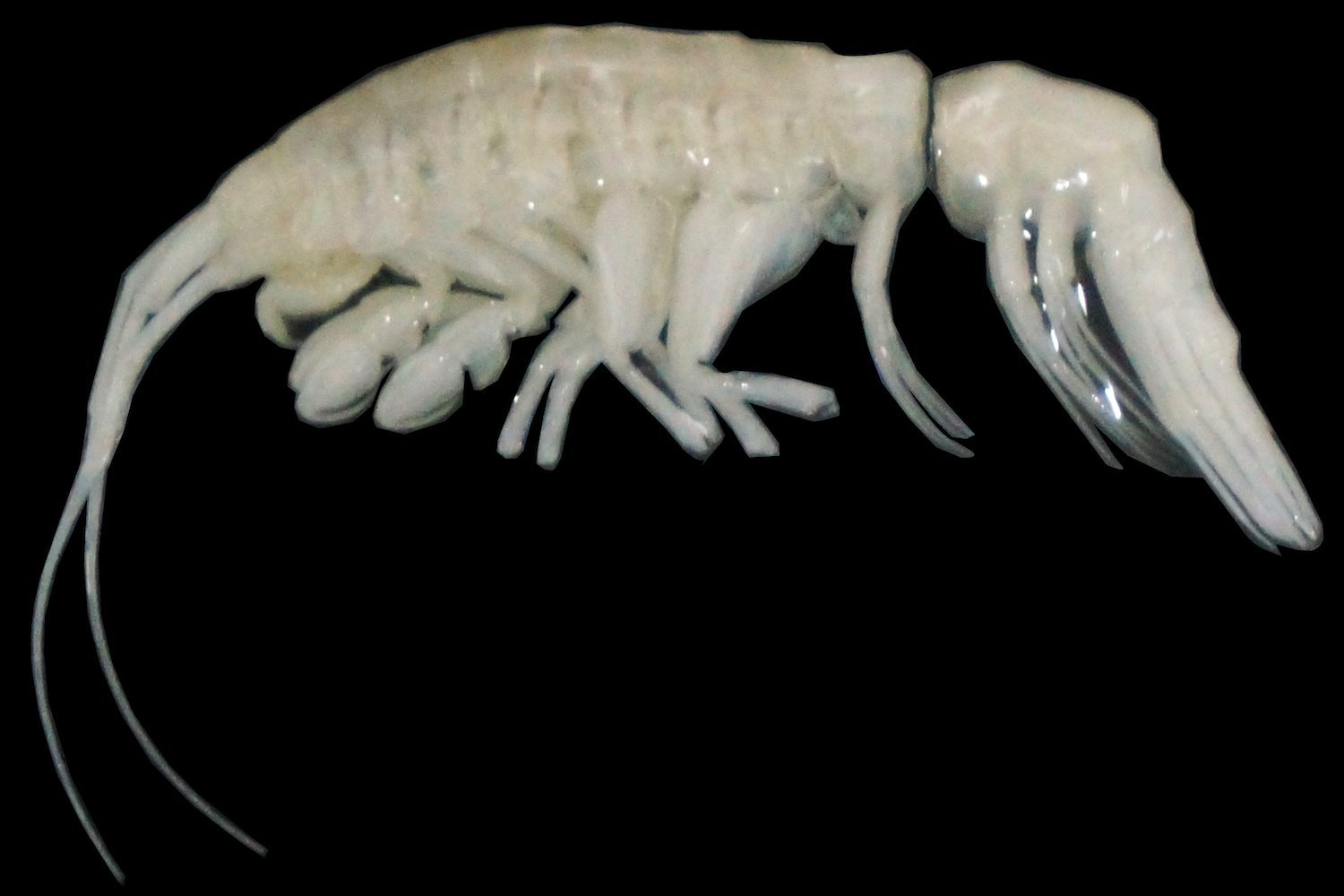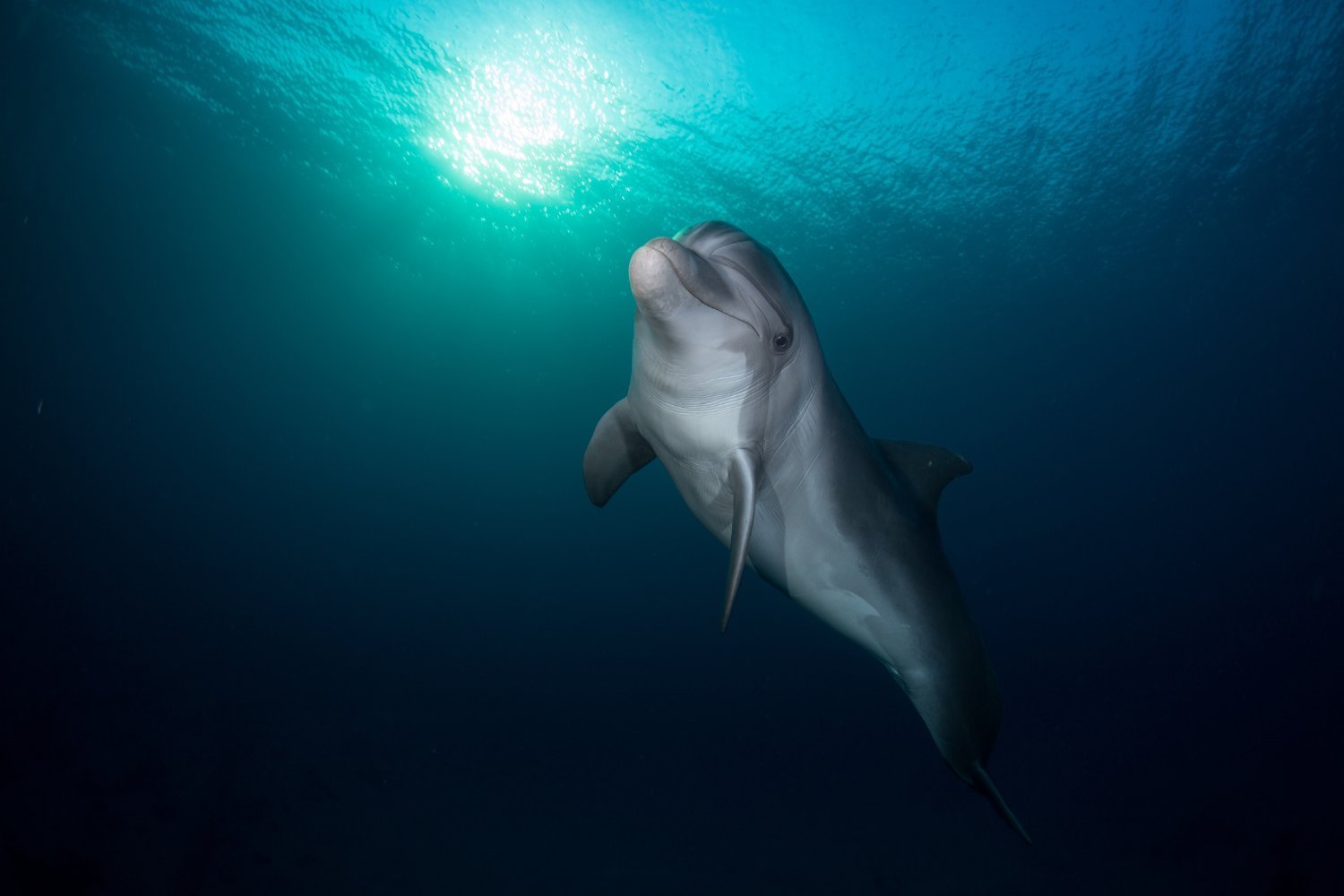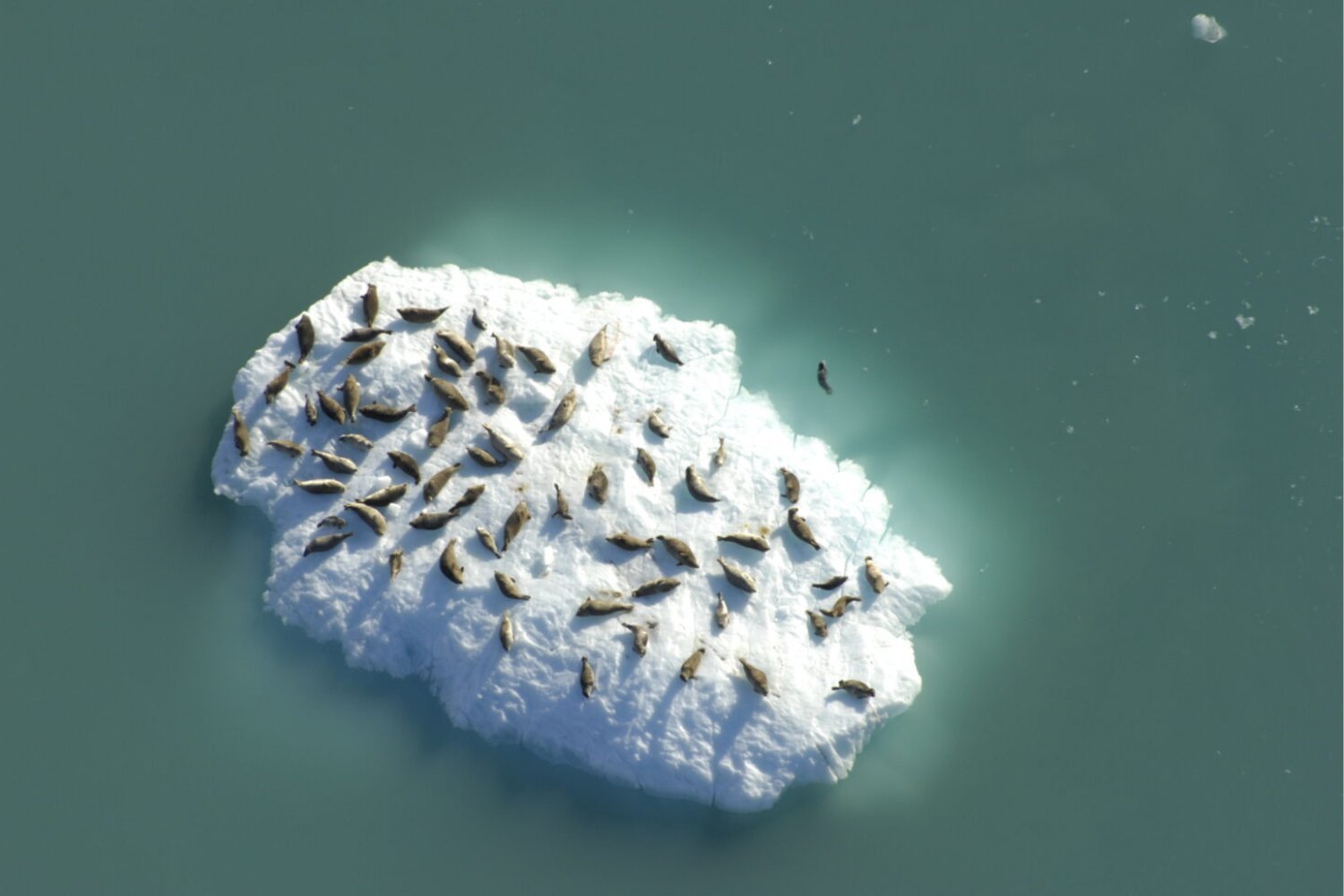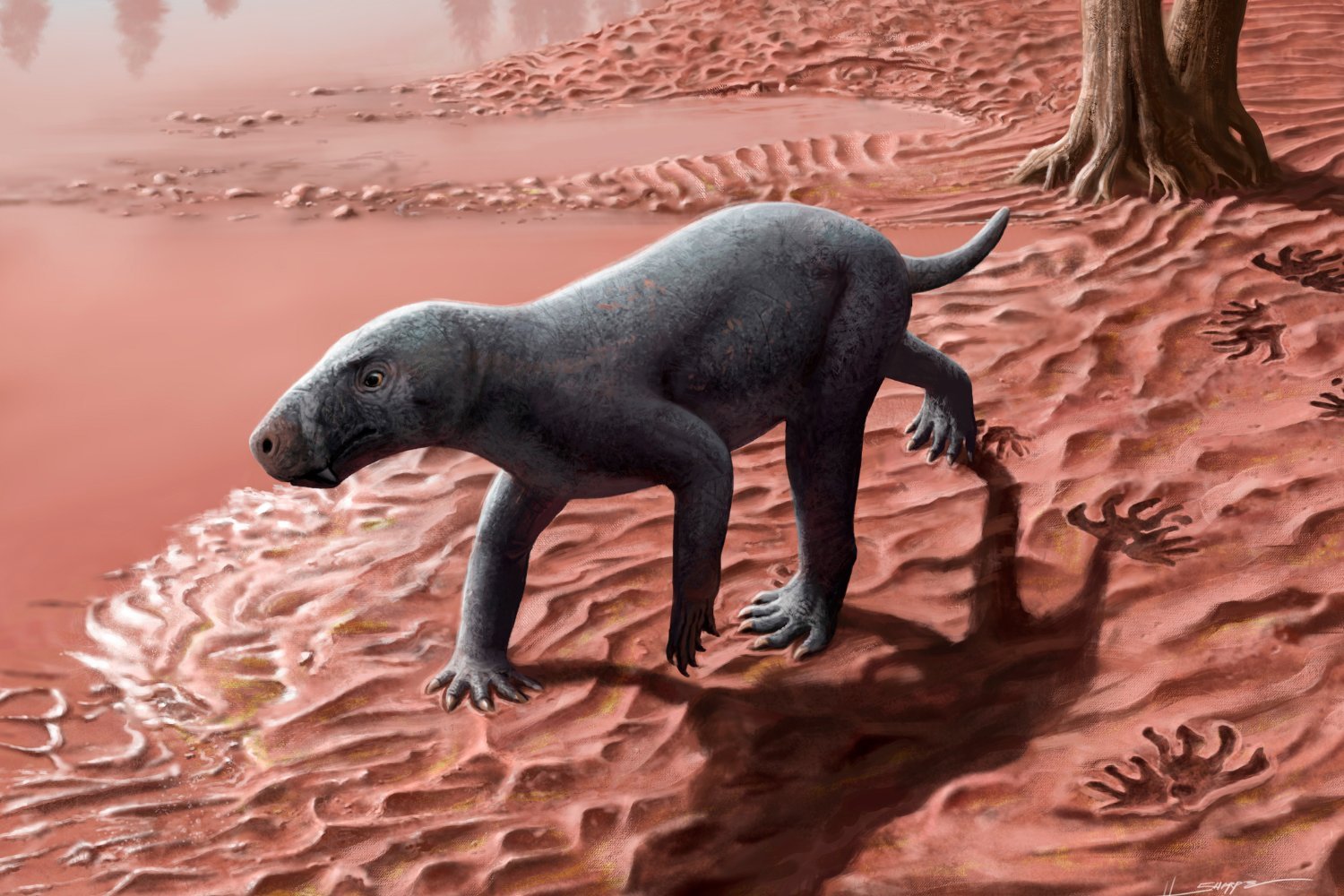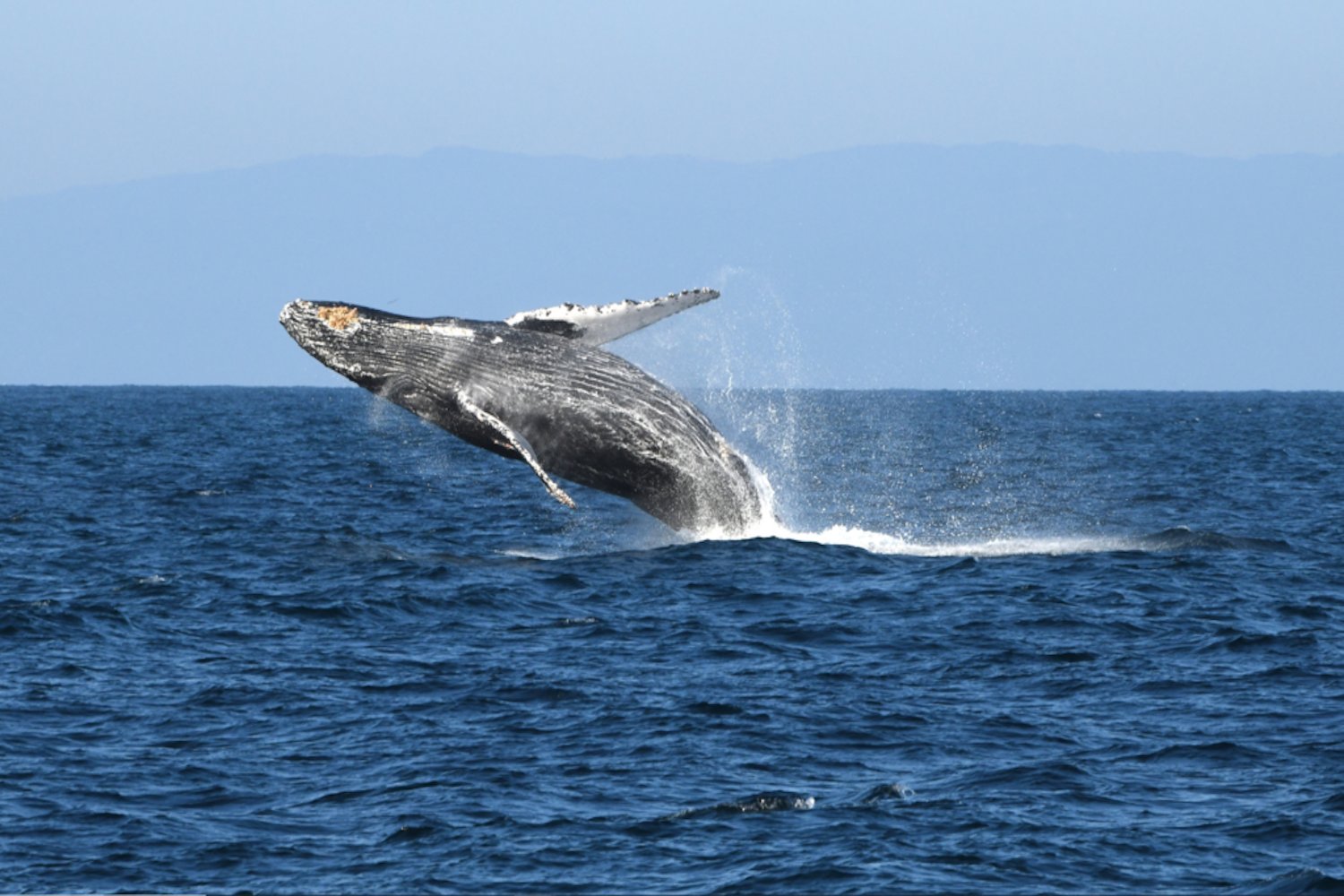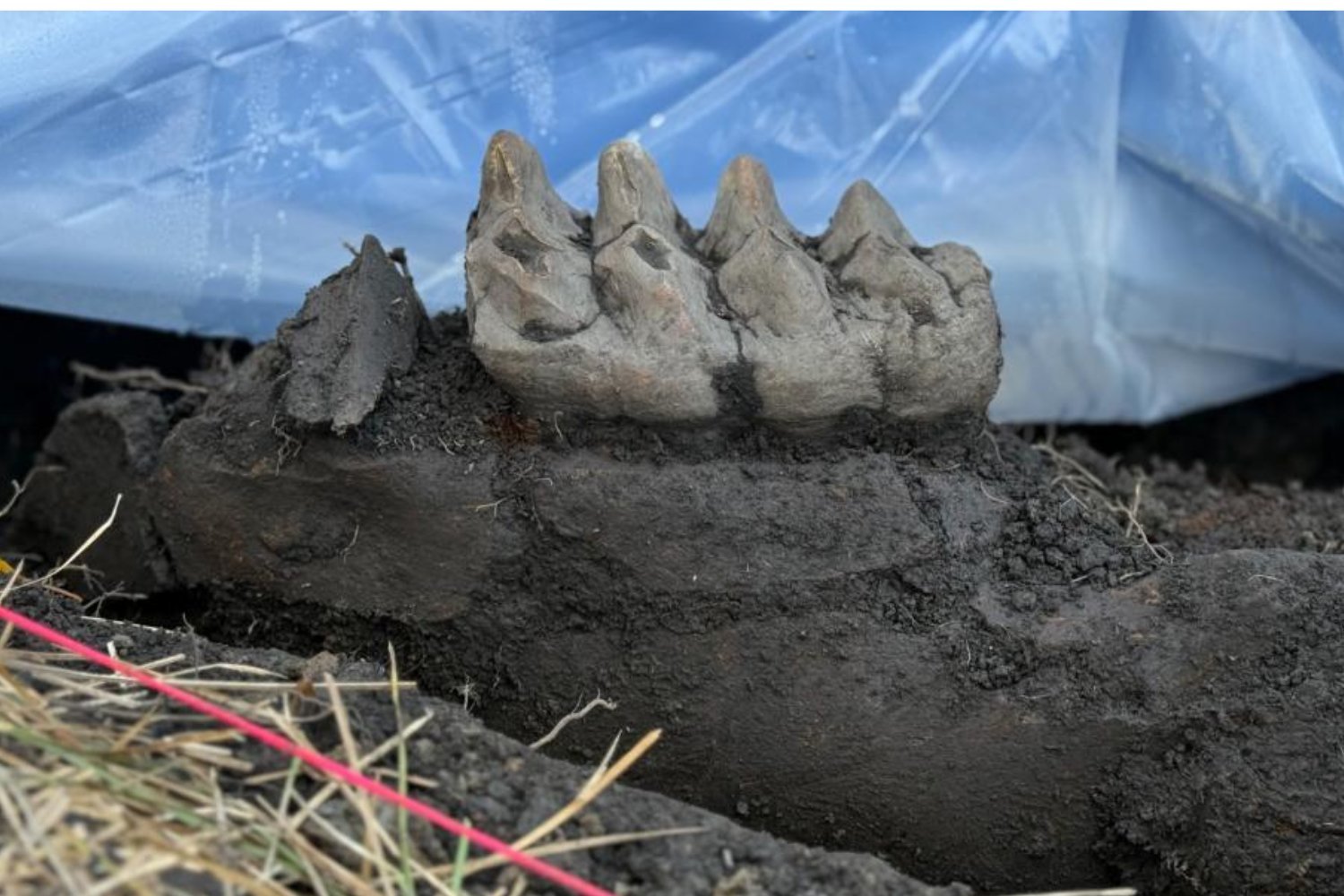The hadal zone, the deepest part of the ocean, named after the Greek god of the underworld, Hades, lies between 3.7 and 6.8 miles beneath the surface. This dark, high-pressure environment was once considered uninhabitable. However, marine biologists have recently discovered a new predator thriving in these extreme depths. Researchers from the Woods Hole Oceanographic Institution (WHOI) and the Instituto Milenio de Oceanografía (IMO) in Chile have identified a new species of amphipod, a type of crustacean, in the hadal zone of the Atacama Trench.
A Tiny but Fierce Predator
This new species, Dulcibella camanchaca, is a relatively small amphipod, measuring less than 1.58 inches (4 centimeters) long. While it might resemble a shrimp or a beach sandhopper, D. camanchaca possesses specialized raptorial appendages used to capture its prey, primarily smaller amphipods, within the Atacama Trench. This trench, also known as the Peru-Chile Trench, stretches along the coast of Peru and Chile, reaching depths exceeding 4.97 miles (8 kilometers) in some areas.
The name Dulcibella camanchaca is derived from the local Andean languages, with “camanchaca” referring to “darkness,” reflecting the deep, dark environment it inhabits. This shrimp-like creature is a surprisingly fast swimmer and an active predator in this extreme environment.
The 2023 IDOOS Expedition and the Discovery
The discovery of D. camanchaca occurred during the 2023 Integrated Deep-Ocean Observing System (IDOOS) Expedition, led by IMO scientists. Using a lander vehicle, a platform that transports equipment from the surface to the ocean depths, the team collected four specimens of the new amphipod from a depth of 4.91 miles. These specimens were frozen onboard the research vessel and subsequently transported to the Universidad de Concepción for morphological and genetic analyses.
The analysis revealed not only a new species but also a new genus, highlighting the Atacama Trench as a hotspot for endemic species. A genus is a taxonomic rank grouping closely related species, and endemic species are those found exclusively in a specific geographic location.
The Importance of Hadal Zone Research
Despite the harsh conditions, hadal zones are teeming with life. Dozens of species have adapted to these extreme environments. Each new discovery provides valuable insights into the evolutionary processes that allow organisms to survive in such challenging conditions. The Atacama Trench, in particular, represents a unique ecosystem due to its isolation from other hadal zones.
Further research into the Atacama Trench is crucial for understanding and conserving these unique ecosystems, especially in the face of threats like climate change. The discovery of D. camanchaca underscores the need for continued deep-ocean exploration.
Conclusion: A Window into the Deep
The discovery of Dulcibella camanchaca offers a fascinating glimpse into the biodiversity of the hadal zone. This new predatory amphipod, uniquely adapted to the extreme environment of the Atacama Trench, highlights the importance of ongoing deep-sea research. Continued exploration promises to reveal even more about these mysterious and vital ecosystems, ultimately contributing to their conservation and protection.



